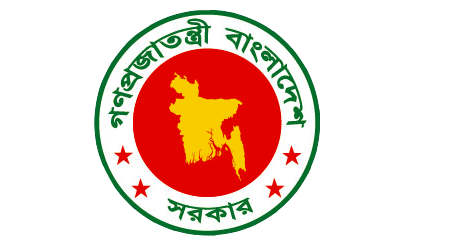World Bank (2019). Bangladesh Poverty Assessment:
Assessing progress from 2010 to 2016/17. Washington DC. © World Bank.
Bangladesh has an inspiring story of reducing poverty and advancing development. Since 2000, the country has reduced poverty by half. In the last decade and a half, it lifted more than 25 million out of poverty.
The country’s economy remained robust and resilient even in the face of many challenges. All sectors of the economy have contributed to poverty reduction. This has been accompanied by enhanced human capital, lower fertility rates and increased life expectancy, which have also significantly contributed to increasehouseholds’ ability to earn more and exit poverty.
Yet, behind this progress, there are emerging contrasts. As the country is rapidly urbanizing, its rural and urban areas did not experience the same level of poverty reduction. The rural areas reduced poverty impressively, accounting for 90 percent of the poverty reduction since 2010. But, in urban areas, progress has been slower and extreme poverty has not decreased.
The country’s higher economic growth in the last decade has not led to a faster poverty reduction. Specially, poverty has stagnated and even increased in the Western divisions while the Eastern divisions fared better.
This report highlights the need for both traditional and fresh solutions. To end extreme poverty by the next decade, Bangladesh will need to continue to build on its successes, such as family planning, educational attainments, and growth in agriculture and manufacturing. But at the same time, it will need solutions to overcome new and re-emerging frontiers of poverty reduction.
The world can learn from Bangladesh’s development and poverty reduction experiences. But with about one out of four people still living in poverty, much needs be done to create equal opportunities for all citizens. The country also faces new questions where more evidence is needed. Answers will come from its own experiences as well as from other countries that have followed similar transformative paths.



